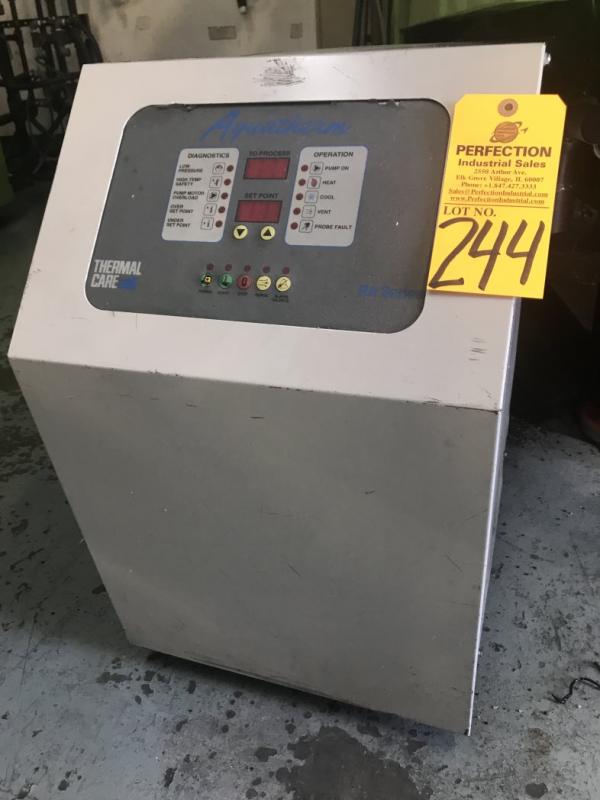
If the fluid moves too slowly, the result is what’s called “laminar flow,” where the outer fluid layers insulate the inner fluid layers and limit heat-transfer capacity. To ensure that proper process temperatures are maintained, TCUs must not only deliver heat-transfer fluid at the proper temperature, but they must also provide “turbulent flow.” Turbulent flow is important because as the process fluid flows through the passages of a mold, only the fluid in contact with the cooling channel surface will readily transfer heat. The two fluids never mix, so different fluids can be used in the process and cooling circuits. Isolated Circuit - This TCU design completely isolates the process fluid from the water used to cool it.Instead of injecting cool water to reduce the temperature of process water, a closed-circuit system uses a brazed-plate heat exchanger to cool the process water. Closed Circuit - This type of circuit also uses the same source for process water and cooling water, but only to initially fill the circuit or to make up for system loss.Fluid returning from the process then enters a mixing tank, which can be heated or cooled accordingly. It uses the same source (a chiller, cooling tower, or another source) to fill the circuit and pump the fluid into the process. Direct Injection - This is the simplest configuration.

Some of the most common circuit configurations for a TCU include: Unless the TCU has (or is) a refrigerated chiller unit, it cannot cool a process by itself it requires a cooling source to reject the heat from the plastics process.

There are many different basic designs used in temperature control units, but they all have several common components: a pump, an electrical heater, a precision controller, and a cooling valve to control water flow. Thermolators from Conair don’t just heat or cool fluids, but instead, they regulate the temperature of processes to ensure the highest possible product quality and highest possible production rates. These compact TCUs have been used since the 1950s, and each one incorporates a pump, a heater, and a cooling system to ensure the proper temperature is achieved and maintained in the injection mold. Unlike a chiller, which can only mechanically remove heat, a TCU can raise the temperature with internal heaters and cool it by directly exchanging it with lower temperature water through a heat exchanger.Ī common type of TCU used in plastic injection molding facilities is Thermolator® brand units.

A TCU is used to regulate the temperature of an injection molding, blow molding, extrusion, or other plastics process within a narrow range in order to ensure the quality and efficiency of that process. When walking into any plastics processing plant, you’ll see a device called a temperature control unit, or TCU.


 0 kommentar(er)
0 kommentar(er)
